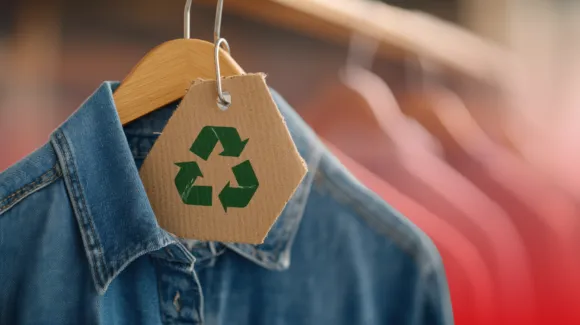What we learned
Knowing from the beginning what success needs to look like helps your future self-evaluate with a clear view. Then you can be realistic about how well the pilot actually delivered. Setting metrics for evaluation after that fact clouds perspective and skews the data.
Clarify the WHY – why are you running this pilot, what do you want to test? This will help influence which metrics you select. But don’t stop there, also ask the question “What decision will we make with this data?”
When you select your metrics determine what the results mean in advance. For example, if we see a 25% increase in customer re-engagement, what does that mean for our company. How will we use this information. By setting up some predetermination brands can help themselves at the end of the pilot to better interpret the data and use that to ladder up to a specific decision. Some of the brands we worked with had excellent parameters for the pilot and metrics. We summarized the best to share here.
Practical
Did we walk through the tactical steps of setting up a renewed program including:
- accessing product, data, developing a program name and branding, testing process flows, coordinating internal teams who would be impacted.
Operations
- How will we renew items, get them in inventory, which sales channels will be used
- Profitability of operations to sales
Sales of Renewed products
- Average resale price
- Number of units in an order
- Return rates for renewed items
- Financial Performance (Sales, Margin, Sell-Through)
- Ecommerce Performance (Revenue, Traffic, Conversion)
- Scrap Revenue and Disposal Savings
Customer engagement
- Surveys to customers after
- Customer demographic
- New Customer Acquisition and New Audience
- Re-Engagement and Re-Appraisal
Environmental Impact
- Number of units / weight of products diverted to resale
- Carbon per $ sold
Each brand is going to place higher value on certain metrics. This is why you need to set your own goals and thresholds in advance.












